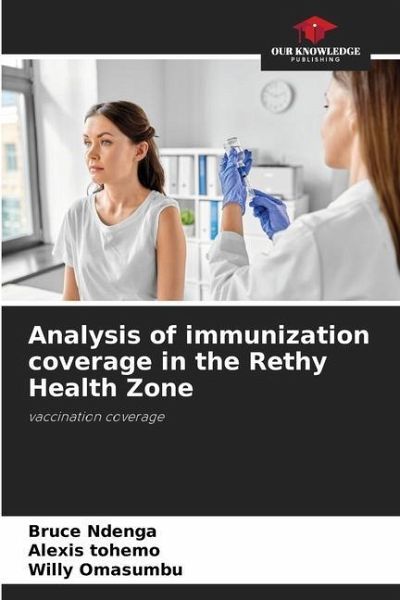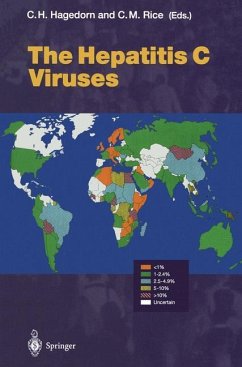
Analysis of immunization coverage in the Rethy Health Zone
vaccination coverage
Versandkostenfrei!
Versandfertig in 6-10 Tagen
29,99 €
inkl. MwSt.

PAYBACK Punkte
15 °P sammeln!
After the immunization activities in the Rethy Health Zone were carried out, a discrepancy emerged between the EPI vaccination objective and the vaccination carried out. At the end of this study, the statistical test effectively revealed that the difference observed between the vaccination objective and its realization was not due to chance, since the probability threshold of the tabulated chi-square value in relation to the calculated chi-square was less than 0.05 for both vaccines (p=0.01
After the immunization activities in the Rethy Health Zone were carried out, a discrepancy emerged between the EPI vaccination objective and the vaccination carried out. At the end of this study, the statistical test effectively revealed that the difference observed between the vaccination objective and its realization was not due to chance, since the probability threshold of the tabulated chi-square value in relation to the calculated chi-square was less than 0.05 for both vaccines (p=0.01<0.05 for the pentavalent DTP-Hep-Hib3 vaccine, p=0.02<0.05 for the OPV3 vaccine). These results prove that the difference observed between the vaccine objective and its achievement is significant, and therefore not due to chance, there are causes that justify it. Consequently, our field surveys, thanks to the use of the TANASHI curve, led to the identification of several causes of this discrepancy that negatively affect the various determinants of vaccination, which are: geographic accessibility (74.56% instead of 100%), use of services (74.56% instead of 100%), and the number of people who received the vaccine.












